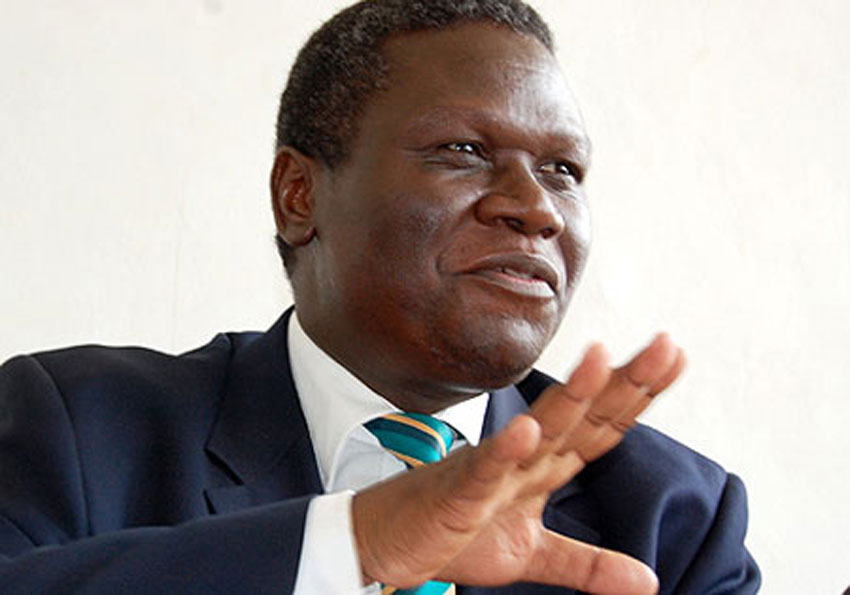As we grapple with the challenge of the terrorist attacks, Ugandans have to understand why terrorists do what they do and how ordinary people get recruited into terror networks. I have said before and I say again that terrorism has push and pull factors. Terrorist groups romanticize what they do in order to attract recruits. On the other hand the frustrations that potential recruits face in their daily lives push them towards terror cells. In other words terrorist recruiters fish in troubled waters.
No lesser a person that Internal Affairs State Minister General David Muhoozi recently put his finger on the raw nerve that drives terrorism and makes it to thrive. He said “it is time to rethink the national interest and to inculcate it in the young people. We must have a baseline of agreement as a country, from that, even handling terror threats will be easier.” Well said, General. A polarized society where the concept of US versus THEM is normalized is a fertile ground for extreme ideologies to sprout and flourish.
For starters the government has to deal with the false narrative being peddled that Islam and terrorism are two sides of the same coin or two fingers of the same hand. Mahmood Mamdani in his book Good Muslim, Bad Muslim says “We are told that there is a fault line running through Islam, a line that divides moderate Islam, called genuine Islam, and extremist political Islam. The terrorists of September 11, we are told, did not just hijack planes; it is said that they also hijacked Islam, meaning genuine Islam!…Simply put, a good Muslim was a pro-Western Muslim and a bad Muslim was an anti-Western Muslim.”
I have heard Muslims expressing exasperation on social media about what they perceive as the targeting of Muslims. Two complaints stand out. The first is the delayed trials of those detained under suspicion of carrying out terrorist attacks. The second is the reports of suspects being killed while reportedly resisting arrest or fleeing from captivity. The first complaint speaks of the shameless incompetence on the part of those in charge of prosecuting the suspects. The second requires investigations because the incidents are becoming too commonplace and raises suspicion that the suspects are being killed execution style.
So how do people become radicalized? Georgetown University Professor Fathali Moghaddam has developed a concept known as the Staircase to Terrorism to explain radicalization. Using his experience as a psychologist, Prof. Moghaddam developed a metaphor of a house where all residents live on the ground floor but a smaller and smaller number climb to higher floors. Only a small fraction ascend to the top floor.
The ground floor has people who feel some sense of deprivation and injustice. A few of these feel the need to take some action for redress, and accordingly they climb to the first floor. The second floor has those who having failed to improve their lot, transfer their frustration at some enemy. The third floor is for those who engage in moral explanations for their predicament. This takes them to the fourth floor where the actual recruitment to terrorist organizations takes place. At the fifth floor, the recruits are trained to overcome any inhibitions and become ready to carry out killings. According to Moghaddam, “As individuals climb the staircase, they see fewer and fewer choices, until the only possible outcome is the destruction of others, or oneself or both.”
Moghaddam also developed a pyramidal model to classify the actors. At the base are the sympathizers who support the cause but do not buy the violent approach. Above them are the supporters who understand and explain the violent means. Above the supporters are the activists who form the non violent support network. These activists are also potential recruits into the ranks of the radicals. At the apex of the pyramid are the radicals who execute the violent missions.
Do you have a story in your community or an opinion to share with us: Email us at editorial@watchdoguganda.com













